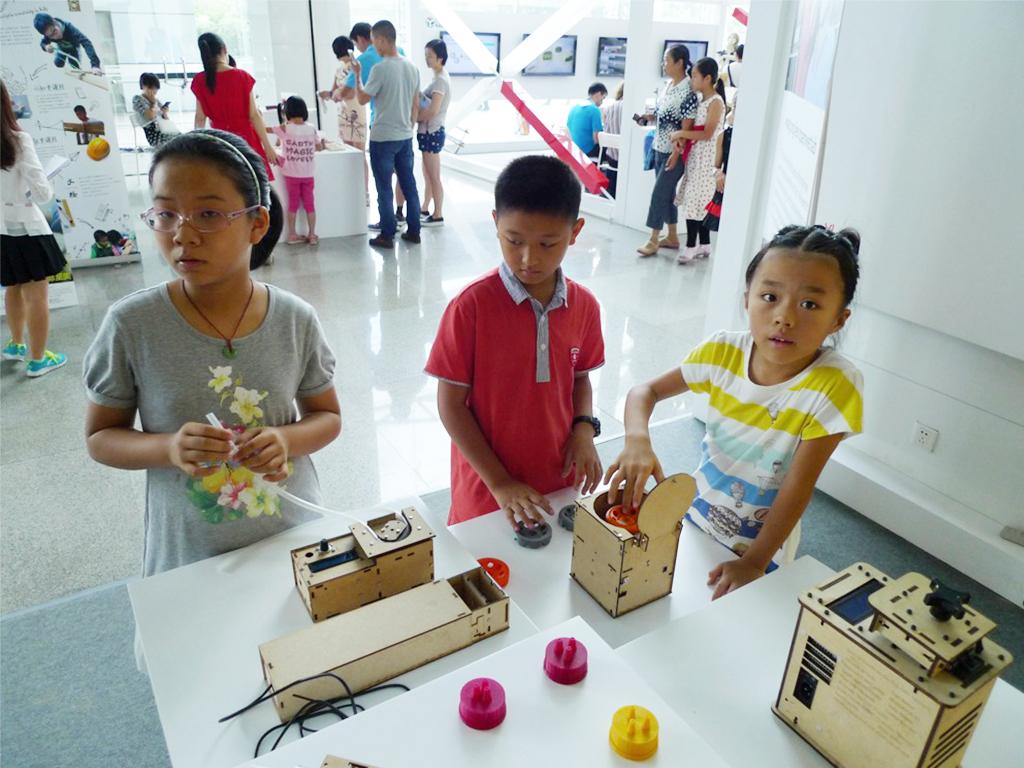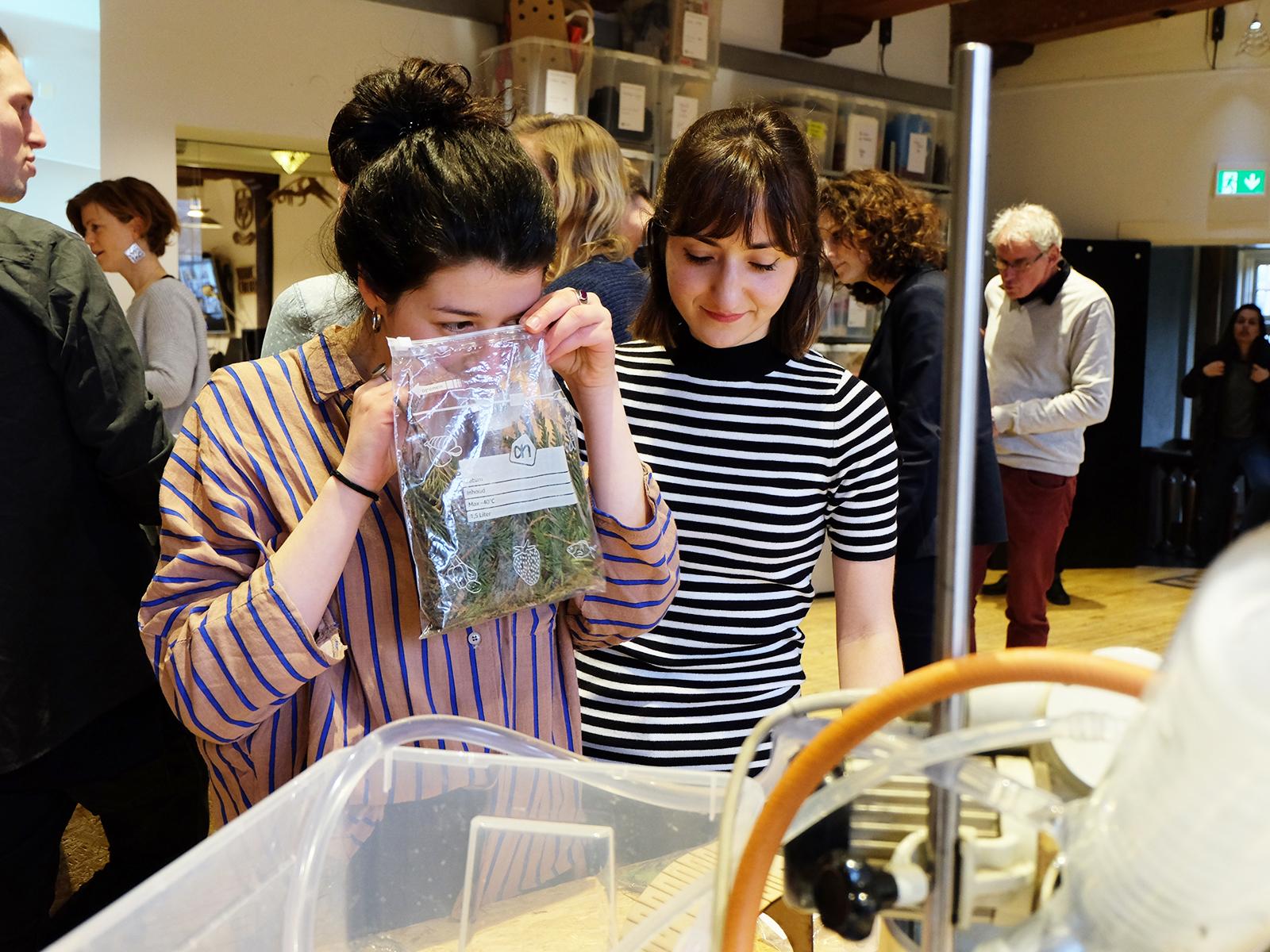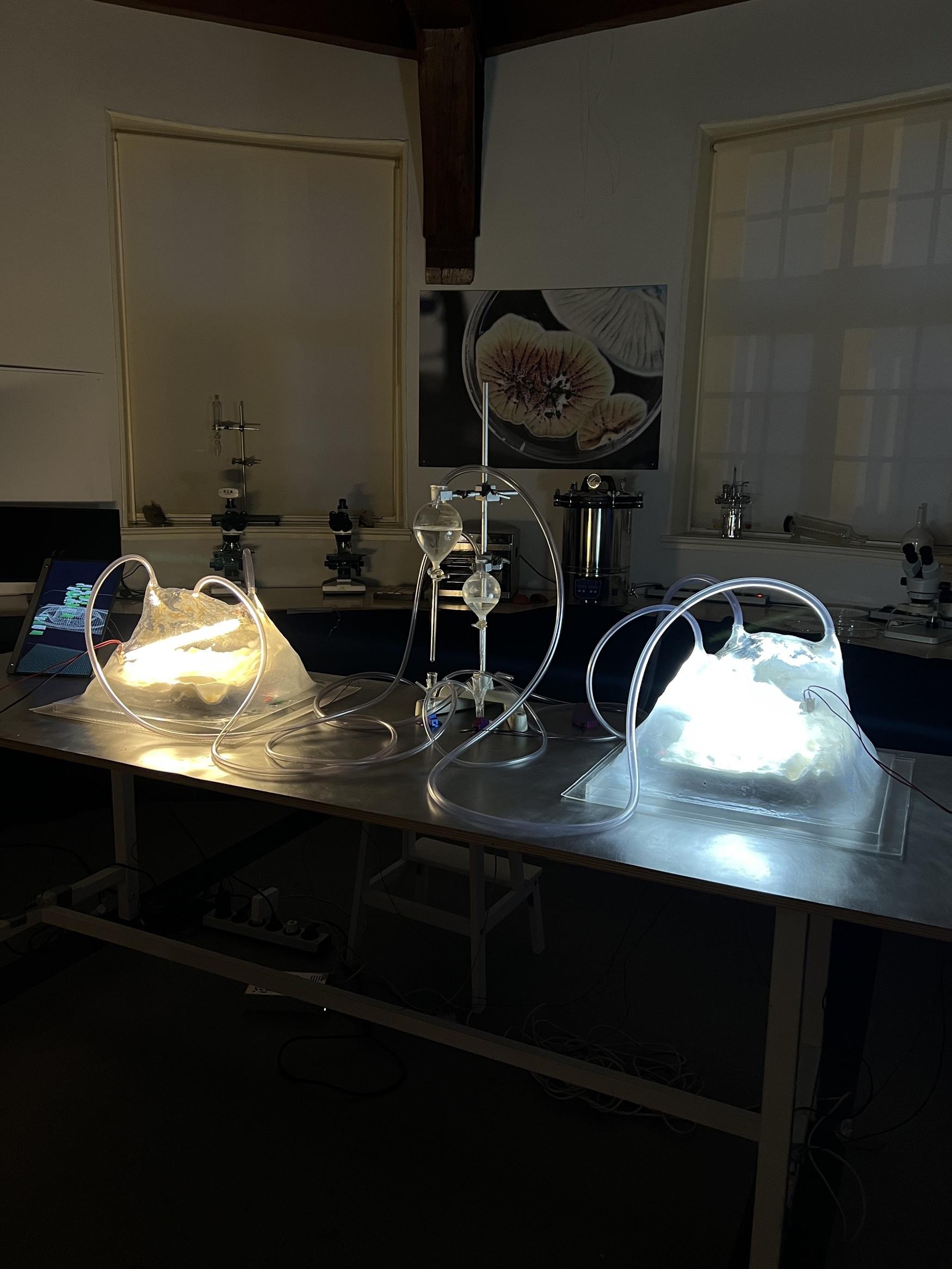At a booth, we presented our activities and the DIY-lab equipment that resulted from the BioHack Academy: a peristaltic pump, a seringe pump, a microfuge, a PCR machine, magnetic stirrer and spectrometer.
Aside from the presentation at the Fab exhibition, our colleagues from MIT, Fablab Barcelona, Biocurious, and I gave talks at the opening of Fablab O Shenzhen at the Sino-Finnish Centre and at the Maker Faire Conference.
How to set up an Open Wetlab?
Fablab O invited me to talk about how to set up a Fablab-related bio lab. For the other occasions, the focus was on what and how an intitative like the Open Wetlab can contribute to the innovation hotbed of the greater Shenzhen area.
The Open Wetlab is still a relatively new initiative, and presenting it meant that I encountered many smart and eager reactions. A 12 year old boy at our booth was not satisfied with my explanation of the PCR machine and asked a lot of questions about what to do with amplified DNA (translating it for his parents).
I also met with Lori (Yichen) Liu of Beijing Genomics Institute (BGI) and her colleague Laurie Goodman of Giga Science. They showed me around at BGI headquarters in a former Shenzhen shoe factory where they develop new sequencers that BGI will bring to the market.
Open scientific articles
Aside from that, they presented the spectrum of activites BGI develops in life sciences and we discused the relation between maker culture, the Open Wetlab, and an institute like BGI. I was very impessed by the open-access and open data journal from Giga Science, which publishes not only scientific articles about life and biomedical sciences, but also about the entire database of all asociated data related to the publication under a Creative Commons Attribution 4.0 Public License. This means that the entire article and its associated data are in the public domain!
BGI not only does that via Giga Science, but for instace also via its involvement in the Avian Phylogenomics project or its involvement in China National Genebank.
Innovation culture
During a panel with BGI, David Lee, Tomas Landrain, Tito Jankowski, and me, we discussed how BGI can offer a platform to set up a wetlab in Shenzhen, which I hope and assume will happen in the near future. My plea in that panel was to get more artists and designers involved to enrich a culture of innovation with more creative research (as is done in the Netherlands).
I had a great time in Shenzhen and will return for the Shenzhen Cultural and Technological Innovation Symposium in November 2015. Then, I hope to have more time to visit the buzzing and boosting maker industry in Shenzhen.


